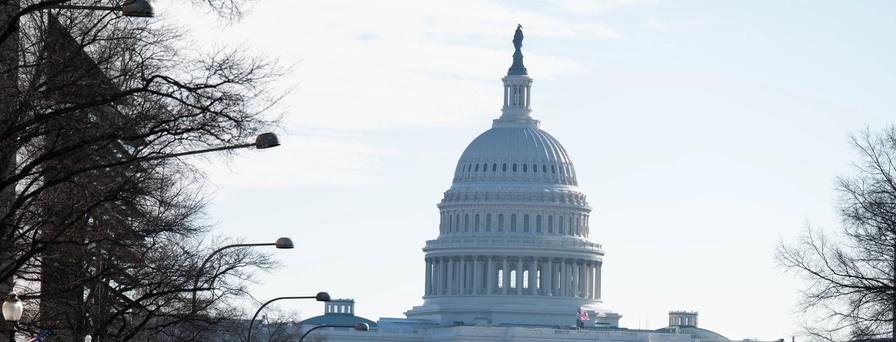Already a subscriber? Make sure to log into your account before viewing this content. You can access your account by hitting the “login” button on the top right corner. Still unable to see the content after signing in? Make sure your card on file is up-to-date.
According to the Office of Personnel Management (OPM), approximately 75,000 federal employees have accepted the Trump administration’s offer to retire and receive eight months of pay.
Some shit you should know before you read: Shortly after taking office, President Trump announced a buyout offer aimed at reducing the size of the federal workforce as part of his administration’s broader government efficiency initiative. The offer, presented in late January, allowed eligible federal employees to voluntarily resign while continuing to receive their full salaries and benefits through September 30. Employees who accepted the deal could take other jobs as long as there was no conflict with federal employment but had to agree not to sue the government. The administration framed the plan as a cost-cutting measure designed to eliminate bureaucracy and improve efficiency.

What’s going on now: According to the White House, approximately 75,000 federal employees have accepted the Deferred Resignation Program, representing 3.75% of the federal workforce. The administration had originally projected that 5–10% of federal workers—roughly 100,000 to 200,000 employees—would take the offer, meaning participation fell short of expectations. Despite this, officials have characterized the program as a key step in their broader effort to streamline government operations and reduce the size of the federal workforce.
The employees who accepted the buyout come from various agencies, including high-profile departments such as the CIA, though specific agency-by-agency breakdowns have not been released. Despite the move, union leaders have expressed concern that many employees may have felt pressured into leaving due to uncertainty about future job security, especially as the administration moves forward with restructuring and workforce reductions across multiple government agencies.

This all comes as unions representing federal workers have filed lawsuits challenging the legality of the Deferred Resignation Program, arguing that it violates federal employment laws. The lawsuits claim that the program was rolled out without sufficient transparency and violates the Antideficiency Act, which prohibits the government from committing funds beyond what Congress has allocated. A federal judge in Massachusetts has so far ruled that the unions lacked standing to sue, allowing the program to proceed.
Two different views for you:
Those who support the government’s offer argue that reducing the federal workforce is essential to cutting costs, eliminating bureaucracy, and improving efficiency. Supporters say the government has become bloated, leading to wasteful spending and slow decision-making.
Those against the offer argue that Trump is using it to replace career civil servants with loyalists, threatening the neutrality of the federal workforce. Critics also say that offering buyouts without congressional approval is legally questionable.






